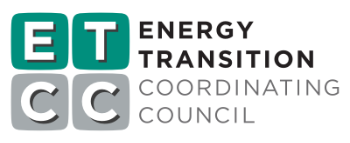Project Info
COMPLETE
 Project Title
Project Title
 Project Title
Project Title
Hybrid Unitary HVAC System Model Integration with EnergyPlus
Project Number ET15SCE1270 Organization SCE End-use HVAC Sector Commercial Project Year(s) 2015 - 2018Description
Develop and refine a new building energy simulation tool that will allow users to estimate the annual savings that can be achieved from certain climate appropriate solutions. Develop and validate performance of evaporative pre-cooling of condenser air and outside air with this simulation tool. Include calculation of associated water usage.
Project Report Document
Loading PDF Preview...
